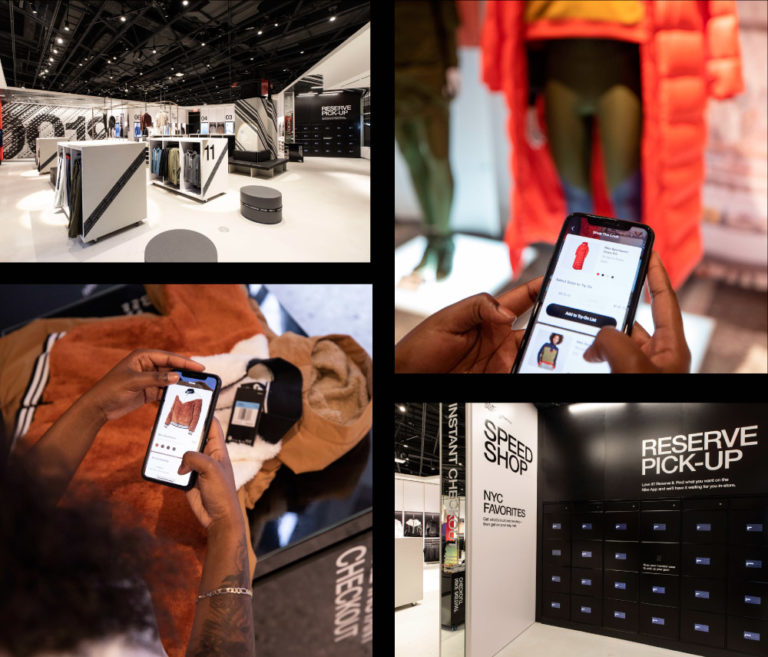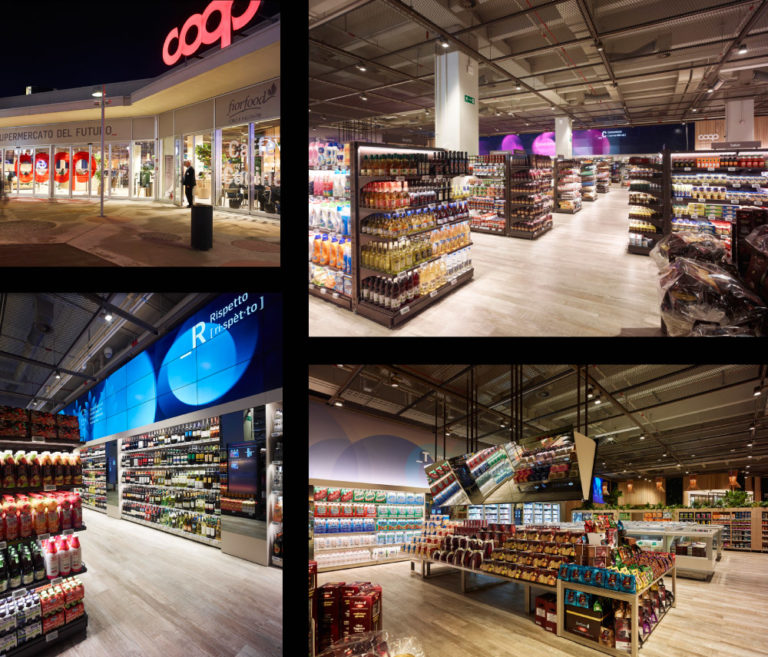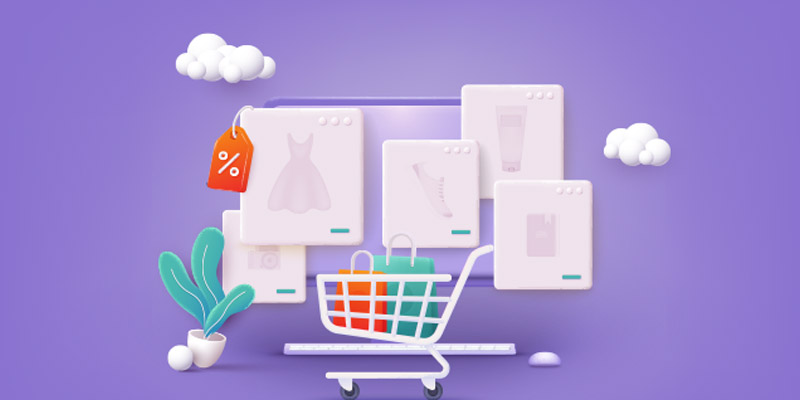Bricks And Clicks Of Retail Business: Tips To Create A Seamless Customer Experience

Feature Image Source: iStock/ipopba
Now that was quick! It’s 2019 already and we’ve got much at hand, thanks to the year that just passed by. From advances in artificial intelligence to dramatic changes in consumer buying behavior, the scope of retail has been significantly redefined. The key to success isn’t hidden in one communication channel, instead the winning brands are investing in omni-channel marketing and creating a seamless experience for customers of today.
The Seamless Buying Experience Explained
A seamless buying experience is simply when the line between online and offline, digital and physical is erased. Nowadays customers want brands to create give quick solutions not just on mobile but in physical stores as well. This is why you’ll see many retail business owners and marketers using and promoting futuristic technologies and optimizing shopping for mobile users.
When customer shop, they’re usually with their mobiles such as an Android or iOS. These smartphones come handy for any query or reference. According to Statista, “In 2021, 53.9 percent of all retail e-commerce is expected to be generated via m-commerce.”
Let’s explore the efforts retail brands are making to ensure the wall between bricks and clicks comes down.
Nike – Store Of The Future
The Nike app now gives its customers the ability to empower their buying experience. With the improved mobile application, Nike buyers can unlock free articles in stores, try-out shoes without the help of an assistant, and purchase an item in-store instantly with the scan-to-buy feature. Streamlining omnichannel sales channels not only helps retailers boost sales by accessing more customers but also delivers a more convenient shopping experience. For example, retailers will use an all-in-one POS solution to simplify checkout and inventory management process with barcode scanning.
This saves a lot time that gets wasted just to search an item, have someone to help you with it and stand in line to pay the cashier. If you’re a sneaker fan, you’ll know best.

Image Source: Nike
Amazon Go – Automating Shopping
Amazon.com is known for its ecommerce business, yet there are customers who’d rather buy from a physical store than online. For such species, the retail giant came up with an idea of grocery shops without checkouts. The “Just Walk Out” experience seems like one-of-a-kind in which you conveniently walk in, pick stuff and walk out. Unlike reality, right? Once you’ve downloaded the app, there are three technologies that work simultaneously: deep learning, sensor fusion and computer vision. Amazon Go stores have already opened in Seattle, Chicago and San Francisco.
Alibaba’s Hema – Technifying In-Store Experience
Within the retail niche, the grocery selling business is taking buying experience up a notch. So what will it be like to shop in a store like you’re shopping online? Well, it’s better! We can definitely sense that consumerism in China is redesigning the way we shop. Some of the cool features include robotic (in-house) restaurant waiters, delivery to point-of-sale system via conveyor belts, digital checkout with AliPay, and most amazingly data-driven personalized recommendations on mobile app based on previous buyer’s in-store journey. That’s a mouthful but it’s all so cool.
Coop Italia – Revolutionary Supermarkets
Real-time data is becoming a hip thing when customers alike want information instantly. You’ve heard of ‘micro-moments’ right? While Google limited it to the mobile world, retailers are tapping on this behavioral change in-store. In 2017, the Coop installed its stores with smartTAG labels powered by high definition e-paper display, which can be accessed any time from the shelf. The information is in the form of statistical data and infographics configured with graphic visuals.

Image Source: Coop Italia
IKEA – Designing Spaces Virtually
It was not until Pokemon Go that people became obsessed with Augmented Reality, and now it is everywhere even in interior decoration. IKEA is known as an innovative company, but I feel that it is also an experimental one. It doesn’t hesitate to try out new things. IKEA Place uses Apple’s ARKit to elevate furniture buying experience. Over 2200 photorealistic items are available to choose from.
Explore: Creeping Digital Technologies Innovating Interior Design
Prive Revaux – Optimized For Social Media
As per Statista, Instagram users in USA are projected to surpass 110 million this year. No wonder brands are looking into ways to close the gap between digital and physical worlds. This is because 2017 and 2018 were not good years for the retail industry and many businesses had to discover ways to woo their customers by hook or crook. Prive Revaux, an eyewear brand, created a series of ready-to-take-selfie backdrops in their pop-ups to “give everybody the chance to feel like an Instagram influencer,” says Lauren McGrath, VP of an influencer marketing platform, Activate.
How To Become Part Of Retail Business Future
It’s important for retail brands to evaluate how digital technologies will transform their value chain when faced with new opportunities and challenges. Retailers need to unlock pioneering and creative ideas to entice the digital shopper.
1) Train your teams to create a culture of constant innovation and learning, like Nestle’s Digital Acceleration Team. All departments within your retail company should be digitally competent so even with the evolving environment you’re equipped with the right resources.
2) Take inspiration from China’s “New Retail” era envisioned by the founder of Alibaba, Jack Ma. The idea is to use latest technologies, such artificial intelligence, in manufacturing and distribution to keep up with consumer trends. The supply and demand ratio is urging businesses to become efficient at a lightning speed.
3) Talk to target market in real-time. Small businesses and startups belonging to the retail sector can leverage from conversational commerce to be where customers are at the time they need an answer or a solution. Artificial intelligence chatbots came into picture in 2016 and now it’s time to see how these assistants can be humanized and optimized for a seamless customer experience.
I got in touch with some industry experts to shed more light on how retailers can become part of the future of retail business.
4) Study the retail industry and its consumers. Michael Weissman CEO of SYNQY Corporation suggests that in order to participate in the future of retail, small businesses and startups “need to become proactive about retail media and they need to find ways to monetize that traffic.” In addition to this, he explains that consumer behavior has changed tremendously. Traditionally, there were “two phases of shopping. The first phase was called pre-store where the consumer makes decisions before they head to the store. The second phase was in-store.” However, the landscape has changed now and consumers are “pre-storing while in the store”. Hence, it’s critical that retailers realize this shift and plan their production, distribution and point-of-sale accordingly.
5) Think like an e-commerce business. Owner of an online store Canvas Art Boutique, Elizabeth Bradshaw suggests that retail entrepreneurs should “invest in digital marketing, search engine optimization with a focus on ecommerce, ad targeting, conversion rate optimization, and email marketing” in order to keep up with the transforming nature of retailing and with competition.
6) Partner with retail technology companies. Vice President and Co-founder of eMazzanti Technologies, Carl Mazzanti points out that “Smaller retailers are just not equipped to keep up with it all. The only sensible way for them to be part of the future of retail is to partner with a retail technology expert.” Such a collaboration can help small retail businesses match befitting technologies with their needs and budget.
7) Embrace Digital technologies. CEO & Co-Founder of Jibestream, Chris Wiegand suggests that retailers of the future should “capitalize on the shopping experience revolution, retail mobile applications must incorporate interactive indoor maps. Some of the more innovative REITs, shopping malls, and department stores have already begun to integrate indoor mapping services into their mobile apps, making it easier for shoppers to find the quickest, most convenient route to the store or product they’re looking for.”
Are you a retail business? Share a tip that has helped you stay ahead of the game.


